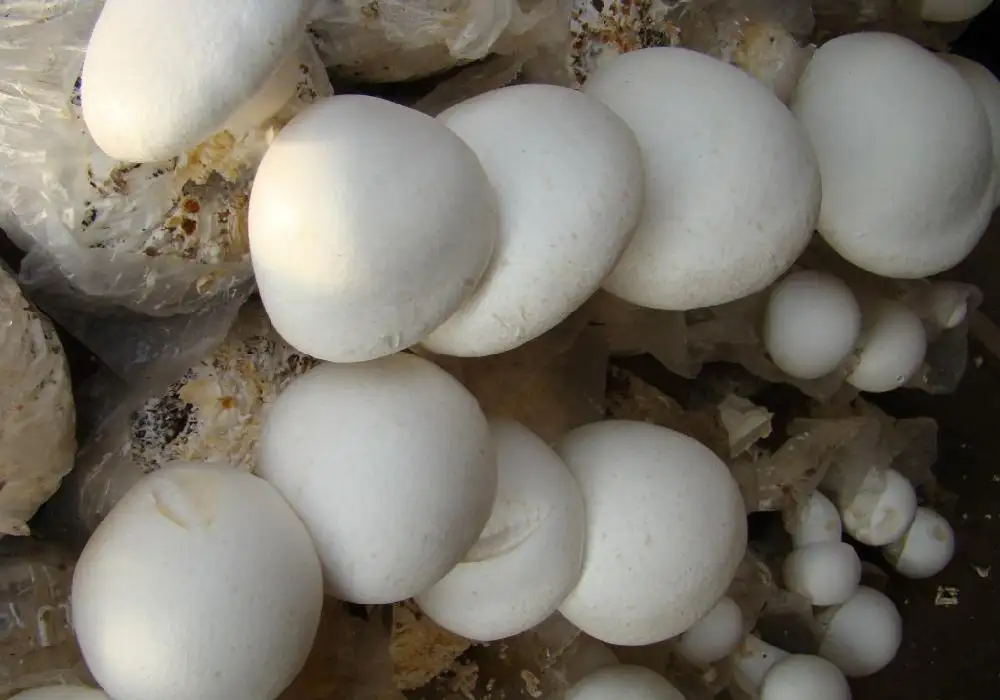Management technology of fruiting body development period of Pleurotus nebrodensis

1. Temperature
At this stage, the temperature should be controlled between 5 and 20 °C. When it is lower than 5 °C, the growth stops. When it is higher than 20 °C, the fruiting body is easy to yellow and rot. The optimum temperature for fruit body development is 8~15℃. When the temperature is lower than 8℃, the stipe is thick and long, and when the temperature is higher than 15℃, the cap is easy to roll back. The most suitable temperature for forming high-quality mushrooms with large caps and small handles is 12~13℃. During the development of fruiting bodies, pay attention to preventing low temperature freezing injury.
2. Air relative humidity
During fruit body development, the relative humidity of the air should be maintained at 85% to 90%. When it is lower than 70%, the cap is easy to dry and crack; when it is higher than 95%, it is easy to lack oxygen, causing the fruit body to rot. When the humidity is low, it should be adjusted by spraying water on the ground or air. When the humidity is too high, ventilation should be strengthened to reduce the humidity.
3. Lighting
The growth and development of fruiting bodies requires a certain amount of scattered light, preferably 500-600 lux. In production, the straw curtain on the roof can be reduced to create an environment where the sun shines on the mushroom room (shed).
4. Air
When the carbon dioxide concentration in the shed is too high, long-stalked mushrooms with thick and long stalks and small caps will be formed. Therefore, frequent ventilation and keeping the air fresh are extremely important for the normal development of fruit bodies. But ventilation should be combined with temperature control and moisturizing. When the temperature is low, ventilation should be carried out at noon; when the temperature is high, ventilation should be carried out in the morning and evening. Ventilation is usually carried out after water spraying. Mushroom houses and sheds should have doors and windows that allow slow convection of air.

(1)(1).jpg)
 CONTACT
CONTACT